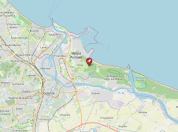Search
Filter by
Type
Tags
Dossiers
Themes
Departments
Active filters
1044 search results
Search results
-
Kelvingrove Park
Metadata of the study site Kelvingrove Park (KEL), United Kingdom
-
Hoge Veluwe
Metadata of the study site Hoge Veluwe (HOG), Netherlands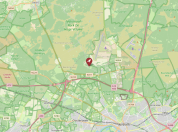
-
Hochstadt
Metadata of the study site Hochstadt (HOC), Germany
-
Harjavalta
Metadata of the study site Harjavalta (HAR), Finland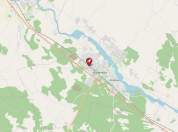
-
Gulya-domb
Metadata of the study site Gulya-domb (GUL), Hungary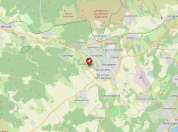
-
Grobla-Niepołomice Forest
Metadata of the study site Grobla-Niepołomice Forest (GRO), Poland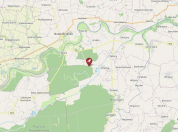
-
Gough Island
Metadata of the study site Gough Island (GOU), Tristan da Cunha, United Kingdom
-
Gotland
Metadata of the study site Gotland (GOT), Sweden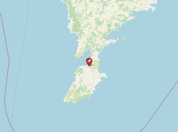
-
Glimmen
Metadata of the study site Glimmen (GLI), Netherlands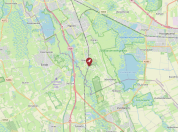
-
Stogi
Metadata of the study site Stogi (STO), Gdańsk, Poland